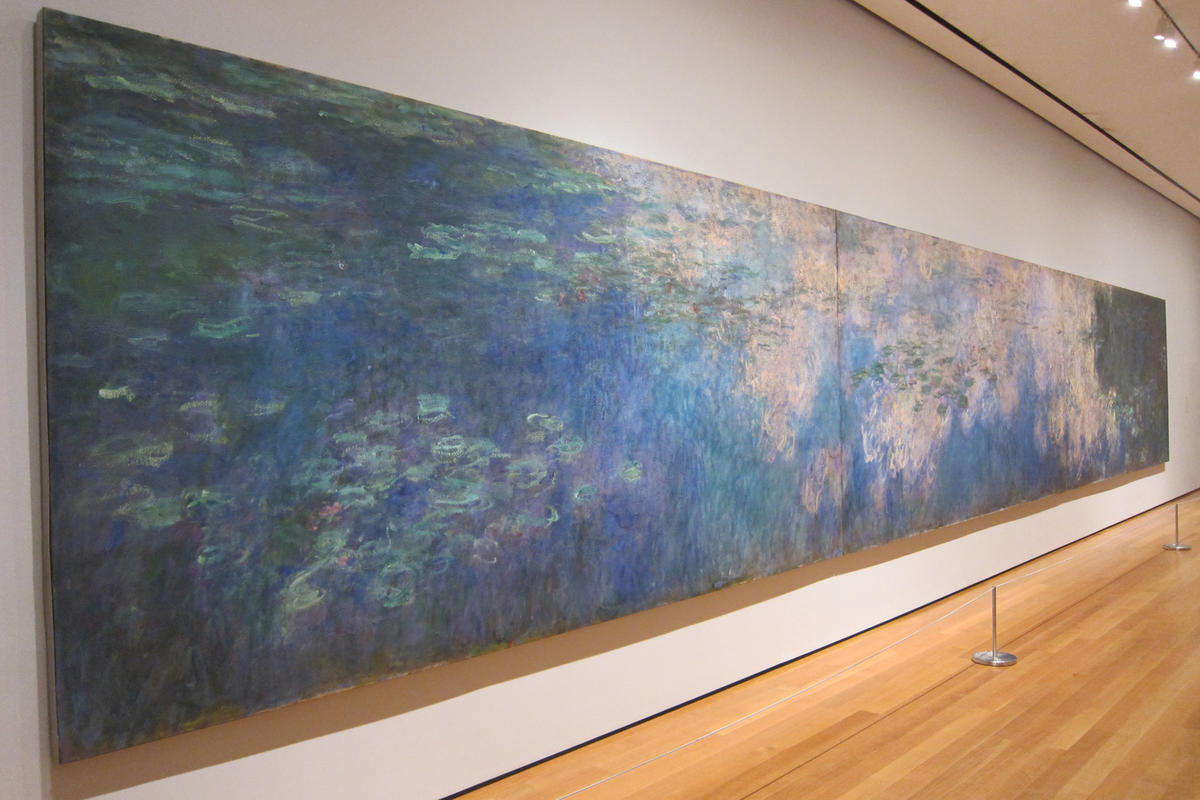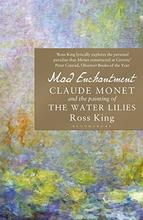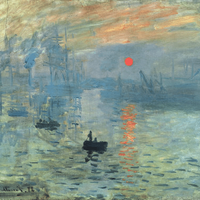More about Water Lilies
- All
- Info
- Shop

Contributor
Claude Monet was a man obsessed. We can thank his OCD, and also his stubbornness for these Water Lilies.
Monet began this series later in life when he moved from Paris to a commune in northern France. After about a decade living there, Monet decided to expand his property so that he could divert the River Epte and create a water garden for himself to fill with water lilies from Egypt and South America. His neighbors and local city council protested this move, fearing that the foreign flowers would prove toxic to the river. Monet DGAF about the issues of invasive species or being a good neighbor and did it anyways. And thus, Monet’s water lily garden was born!
The Water Lilies series is one of his best-known bodies of work and contains about 250 paintings. Monet spent the last part of his life creating this series while he suffered from cataracts and nearly went blind. His failing vision resulted in the paintings becoming more blurry over time. He would often paint the same scene at different times of the day as well. It’s not that he went senile or ran out of good ideas; he did this because, like all good impressionists, he was obsessed with accurately capturing light.
When we travel to the MoMA today and stand in front of these colossal paintings, we are not just looking at hazy paintings of flowers but also at a sad reminder of this legendary museum’s history. In 1956, the MoMA went up in flames. A handful of paintings evaporated in the inferno, including the water lilies then owned by the museum. The paintings that line the immaculate walls of this institution today are replacement paintings (albeit Monet originals).
Good thing the MoMA snagged these babies in the late 1950’s because nowadays they will cost you an arm and a leg. One of his water lilies works sold at a Christie’s auction in 2008 for $60.5 million! Other water lily paintings that have come to auction in the past have typically sold for a measly $25-$30 million…chump change really. But these paintings can be viewed for free in collections around the world. If you get a chance to bask in the beauty of Monet’s actual garden, take it. If you can push your way through the crowds, you might find yourself feeling a bit more serene after gazing upon the floating blooms.



















